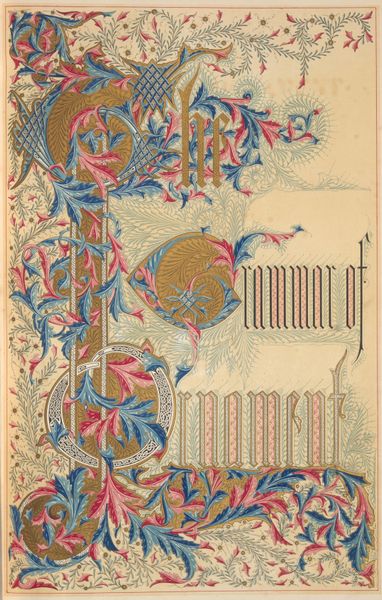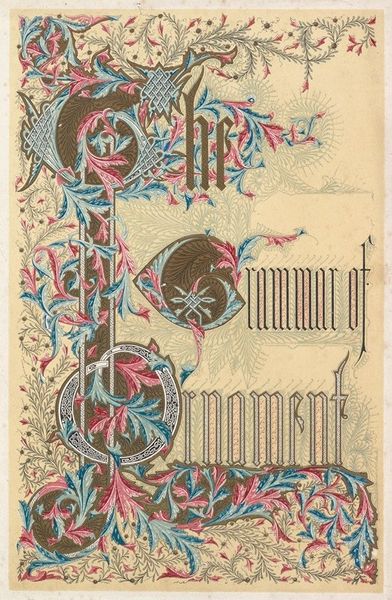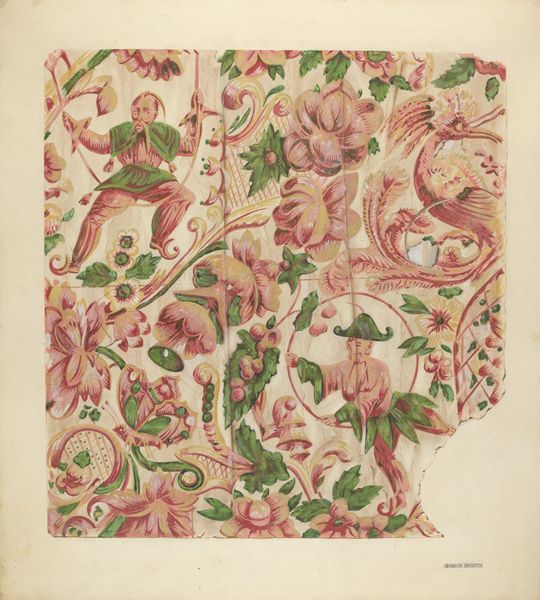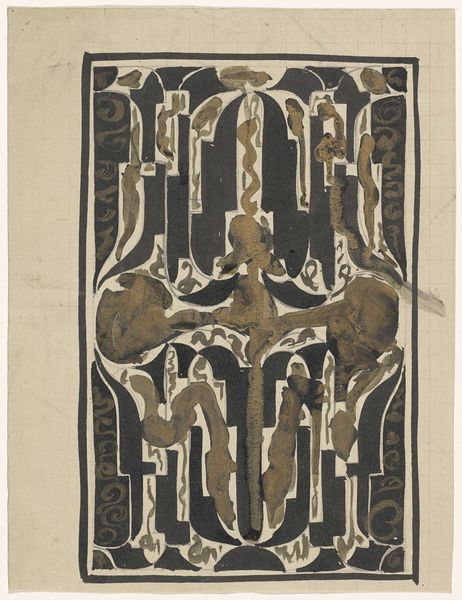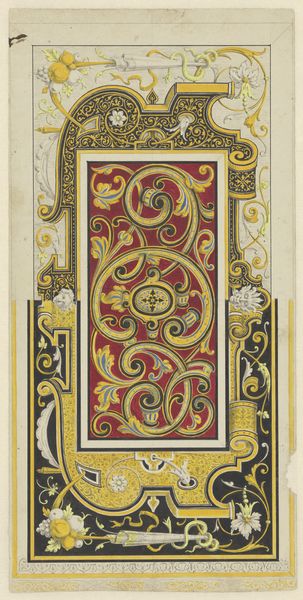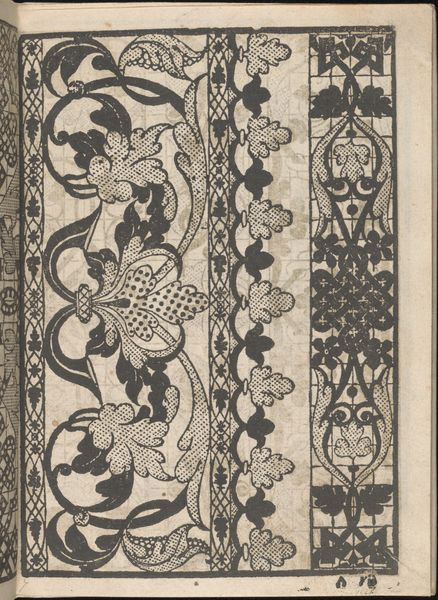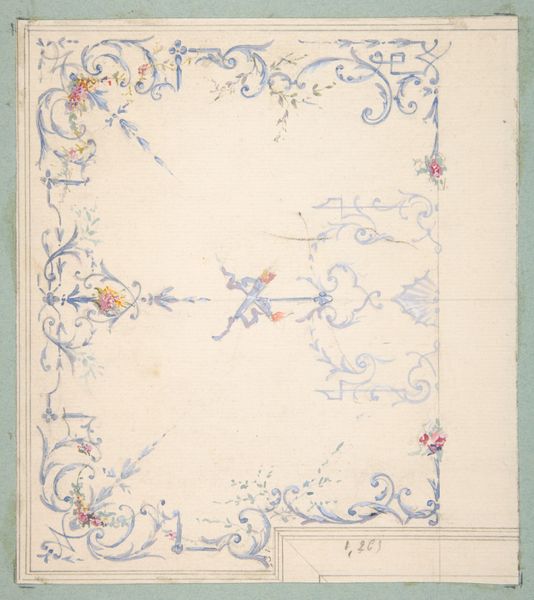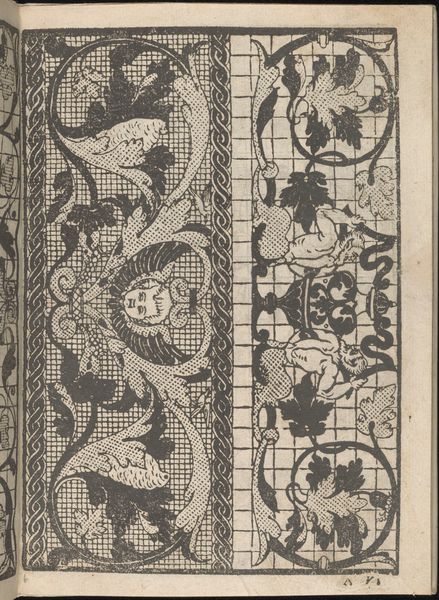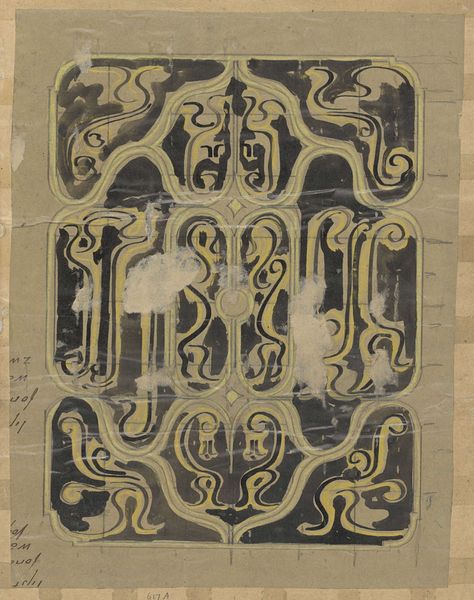
drawing
#
drawing
#
decorative-art
Dimensions: 157 pages : illustrations, plates ; Height: 13 3/4 in. (35 cm)
Copyright: Public Domain
Editor: So, this is "The Grammar of Ornament," a drawing from 1868 by Owen Jones. The detail is astounding! It’s almost overwhelming at first glance, this density of meticulously rendered ornament. What strikes you about this work? Curator: I'm interested in how this drawing operated within a specific network of production. Jones wasn't simply an artist creating a unique masterpiece, but a designer deeply embedded in the 19th-century's fascination with industrial reproduction. Think about the labor involved in creating such a detailed image, then the process of translating it into printed form for mass consumption. Editor: Mass consumption? This seems so… rarefied. Curator: Exactly! That's the fascinating tension. The book itself, of which this drawing is a part, aimed to democratize design, to offer a visual lexicon for manufacturers and designers alike. Jones sought to elevate the decorative arts, bringing beauty to everyday objects through readily available patterns. Consider the social context of the time – the rise of factories, anxieties about aesthetics, and the desire to bring art to the masses. This drawing represents a bridge between high art ideals and the realities of industrial production. Editor: I see what you mean. So, the *making* of this drawing wasn't just about artistic skill, but also about influencing industrial design. What was revolutionary at that time? Curator: Precisely. Its use as a template – its ability to be reproduced and adapted – fundamentally changed how design was disseminated. The plates themselves, the printing techniques employed... They become key to understanding its influence, its contribution to the visual landscape of the era. We see how an ideal about the reintegration of labor and art guided new practices. What do you make of that idea, then and now? Editor: That makes me consider today’s digital age and AI… I thought I saw “art for art’s sake,” but it sounds like Jones was ahead of his time in thinking about democratizing art and design. Thank you for helping me look deeper than the pretty ornamentation.
Comments
No comments
Be the first to comment and join the conversation on the ultimate creative platform.
